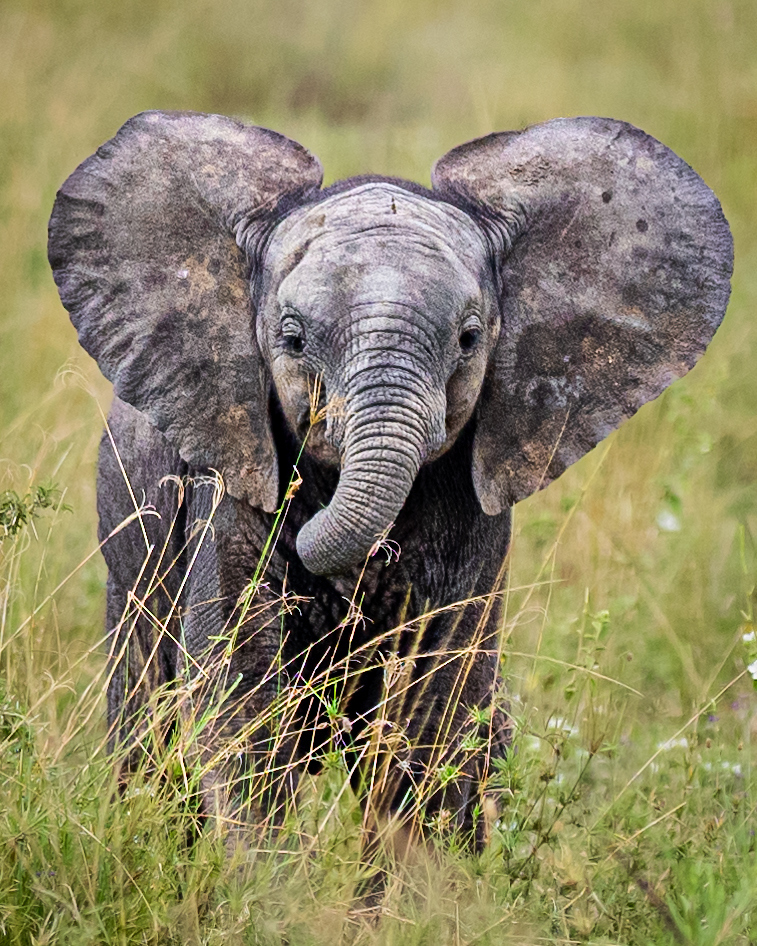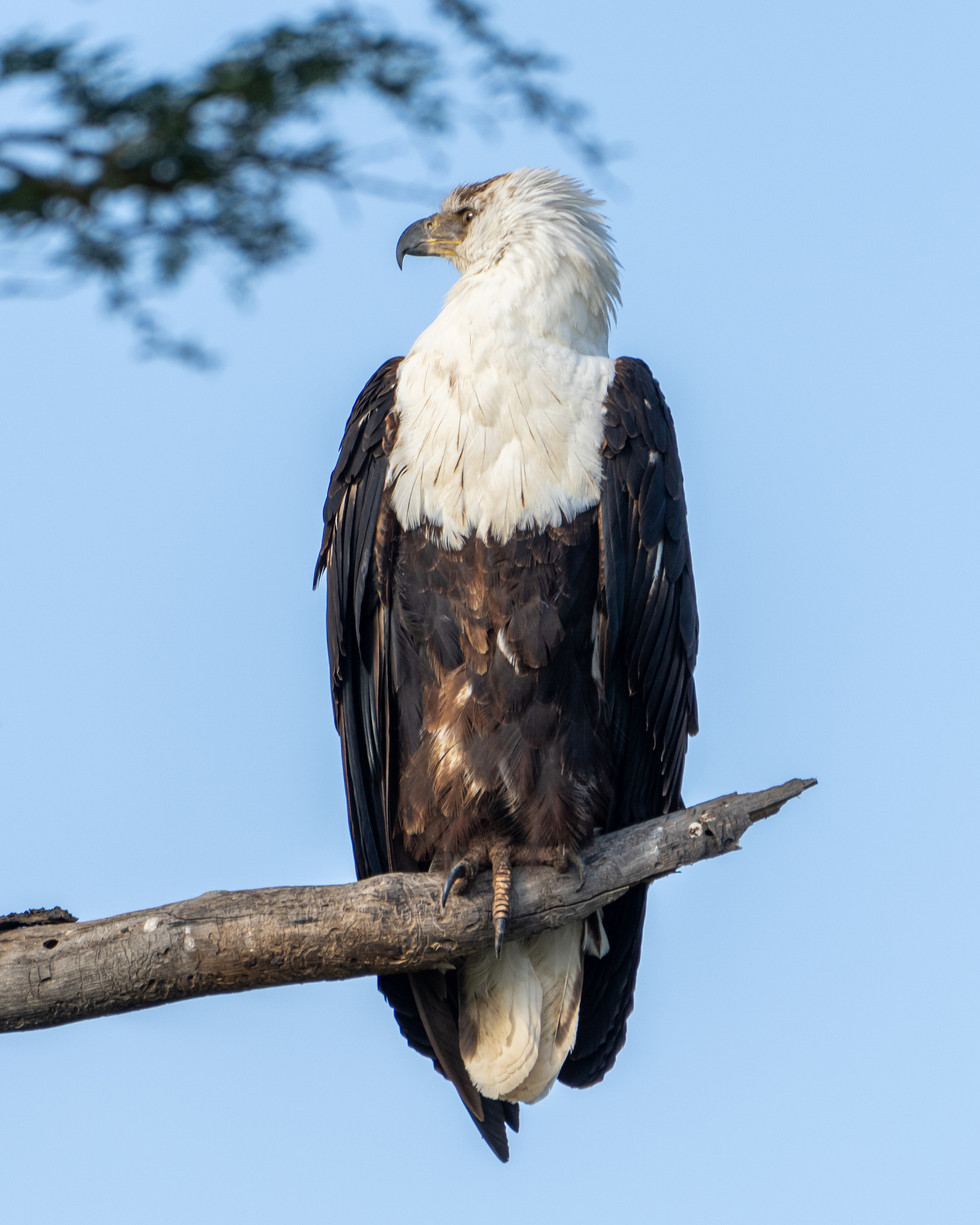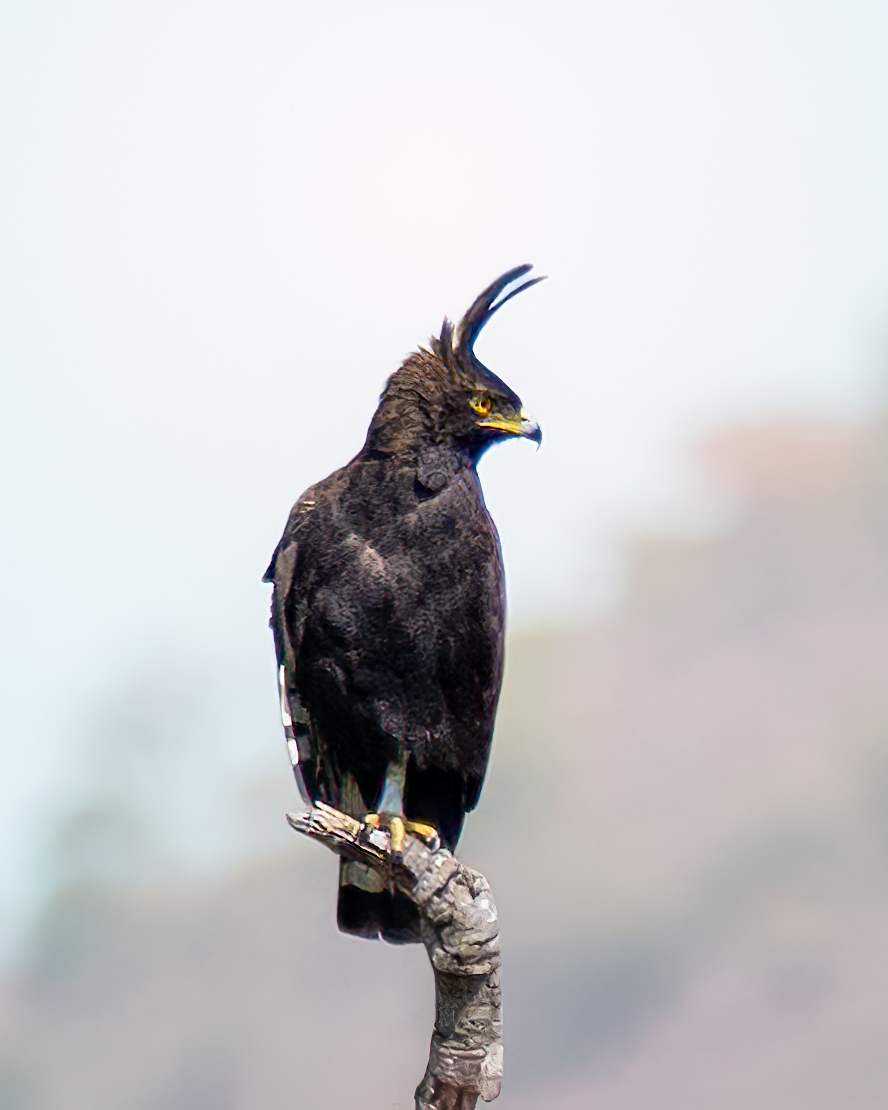Tanzania (Day 4 & 5): Two Days in Serengeti National Park
- That's How We Travel

- Nov 25, 2022
- 5 min read
Updated: Jun 4, 2023
Summary: It is hard to describe just how many animals we encountered during our time in the Serengeti. A typical day involves driving hours in a safari-equipped Land Rover, stopping multiple times to watch with wonder, the amazing wildlife blanketing the savannah landscape. This unforgettable experience, like many others have said before us, is a "must do," bucket list item. Our blog is a compilation of most all of what we viewed during our two days in Serengeti National Park.

Visiting Serengeti National Park. Established in 1940, this 5,700 square mile park is known for the Great Migration, a 500 mile trek traveled by 1.5 million wildebeest and 500,000 zebras among other species. When we visited in June, the herds were traveling North, on their way to Ngorongoro Conservation Area. The landscape is primarily plains and savannas and with no paved roads, transportation in and around the Park involves driving along dirt roads for 100's of miles at a time in Safari-rigged Land Rovers. These comfortable vehicles are build for bumpy roads, crossing water, and safely viewing wildlife from inside the car. The tops of each vehicle pop up so you can stand to see the Park's wild animals from within the vehicle.

Because you are viewing animals in their nature habitat, be prepared to wait. This is not a zoo. That being said, the tour guides are in constant contact with each other, giving tips on the latest sightings. Our guide, Ebinezer, was especially skilled at finding wildlife. Given the vastness of this Park, we were pleasantly surprised by just how often we came upon the natural inhabitants of the Park.
Lions. Ebenezer started us at 6:30 a.m. each morning because this was the best time to catch a glimpse of the big cats. Just minutes into our first morning in the Serengeti, we found a lady cat getting ready for her daytime nap. On the second day, we came across a pride hanging out right next to the road (photos below).
Giraffes. Throughout the Park, we ran across groups of Giraffes. Second only to Wildebeests and Zebras, we frequently stopped to watch these fascinating animals. They were slow moving and surprisingly social with each other - two unexpected traits.
Elephants. Less frequent but still plentiful were the Elephant herds. Roughly 7000 Elephants call this Park their home. Unlike other areas, Elephant numbers in the Serengeti have been on the rise, a testament to the Park's conservation efforts. The baby elephants among the herds were so stinking cute.
Leopard. The opening photo above and the video below are of the elusive Leopard. These cats are solitary and can be hard to spot, given their well-camouflaged coloring. This "Big 5" animal is can run 58 km per hour and are known as ambush predators (not unlike our household cat, as he would like us point out).
Wildebeest and Zebras. By far, the most frequent animals we saw were the Wildebeest and Zebra herds. Though not likely, it sure felt like we saw all 1.5 million Wildebeest. Seriously, they were everywhere. These funny and often not-so-bright animals would move in large groups far as the eye could see. At times, we watched thousands move in one direction, only to turn, without apparent reason, and return right back to the spot they came from. Obviously they have a method to their madness, but from the untrained observer, we couldn't help but laugh at this behavior. Another unexpected trait was the high decibel levels the group emitted (as show in the videos). They're noisy!

The Wildebeest also hang out with other animals. The best example of course are the Zebra. They work together to keep each other safe with the Zebra offering their great vision and the Wildebeest offering their great sense of smell and hearing. Together, they also reduce the chances of getting dangerously separated from the herd. Other animals use the herd as a cover for their own activities. In the video below, a smart monkey makes its way through the cover of the herd.
Hippopotamus. Okay these animals smell way more than we ever knew. They're so stinky that it actually helped find where they are hanging out. Hippos can be spotted most any place in the Park that has water, though we did see a few wandering about on dry land. Despite their huge, and impressively pudgy body composition, these animals are surprisingly fast both on land (19 mph) and in water (5 mph). They can hold their breath 5 minutes at a time underwater. Hippos are especially dangerous and are responsible for over 500 annual human deaths in Africa. In the Serengeti, the hippo can be viewed from a safe distance with one popular swimming hole being such a regular spot that the Park has installed flushing toilets and picnic benches near by.
Birds of the Serengeti. More than 500 species of birds call the Serengeti home. We are not bird-watchers but even so, we could appreciate all that Ebenezer pointed out to us. Here are few photos of the many birds we encountered.
So many other animals. Approximately 70 species of mammals live in the Serengeti. It's really hard to describe just how much wildlife we encountered during our June trip. Perhaps it was the time of year or the mild weather we experienced during our visit, but the place was teeming with animals at all times in the day. Not photographed here are many other species we saw, such as the Gazelle, Impala, Crocodile, and more. We spent two days in the Park and could have easily stayed longer. Even with just two days here, we did get to see a wide-variety of what the Park had to offer due to the skill of our tour guide, as well as the help of all other other guides as they worked together to give us a memorable experience.
About Duma Explorer Safari Company. This Tanzanian and American-owned company came recommended by a family friend. The American owners, Stacy Readal, happens to live close-by to our house so we were able to meet with her in person ahead of our trip. While convenient for us, we could have done everything by email and phone just the same. We have nothing but great things to say about this awesome company. From door-to-door, they had us covered for everything we needed on our trip. Our driver Ebenezer (after Kilimanjaro and for the rest of the week), was so talented at locating animals on our game drives, in addition to just being an over all, fun guy to be around. The lodging at each stop was perfect and each had surprisingly tasty food, along with amazing service. We highly recommend booking with Duma Explorer.









































تعليقات